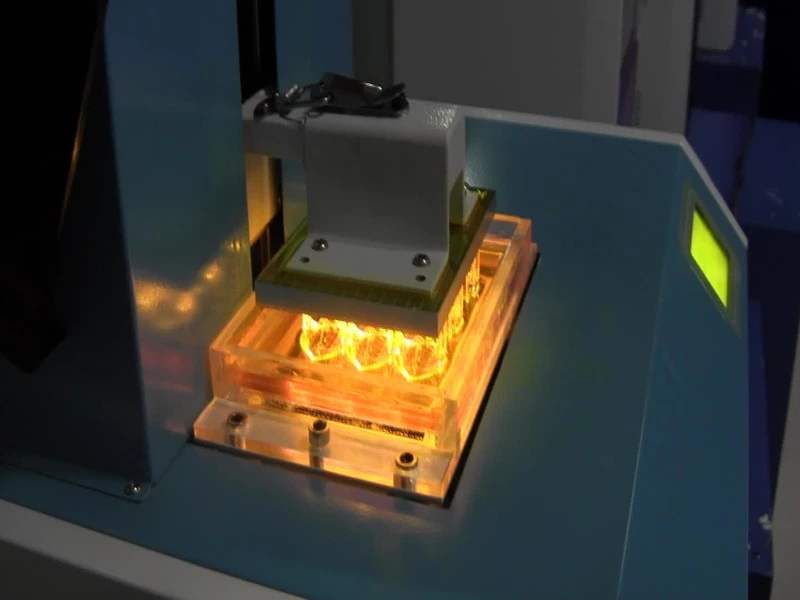Which 3D Printer Should I Buy as A Dentist?
Buying a 3D printer can be a difficult decision for dental professionals with limited knowledge about 3D printing industry. This article will help to decide which 3D printer can be practical for dental usage.
Answering this question has 3 major parts: 1. what is the need for 3D printer or what is the particular use of it? 2. what is the cost of 3D printer and what are the financial returns? 3. how much space is free in a dental practice or laboratory to fit a 3D printer?
Dental applications of 3D printers are numerous and 3D printing technologies vary between fused deposition melting (FDM), stereolithography (SLA), digital Light projection and selective Laser sintering (SLS). Each technology fits with specific area of dentistry. For example, in orthodontic appliances, where a large number of models is needed in each printing job, it is useful to work with FDM 3D printer, where accuracy is acceptable, cost of 3D printing material is not high and sizes of 3D printers vary from big industrial 3D printers to desktop ones. Stratasys is known to have a range of FDM 3D printers dedicated for the dental usage.

Another example is 3D printing of dental dies for prosthodontic work either in clinic or labs. In this case, optimal quality is needed to accurately duplicate teeth preparation, margins and anatomy. SLA and DLP 3D printers seem more reliable for this use as they provide higher accuracy than FDM. However, models printed with SLA and DLP machines usually require post-printing curing process which takes relatively long time to get the printing job done. There are several SLA 3D printers in market with different sizes and prices. These include the most well-known desktop 3D printers Formlabs and Straumann CARES.
SLA 3D printing materials are quite more expensive than FDM but still cheaper than those for SLS machines. SLS 3D printers such as Envisiontec are the most expensive machines available now in market. However, Laser sintering allows for more accuracy which is highly required for surgical guides, mouth guards, retainers and dentures. SLS printing materials have the advantage of excellent heat stability so they can be sterilized in autoclaves.

3D printers are increasingly used by dentists, orthodontists and dental lab technicians for fabricating customized implants or tools. This comes along with the trend of digital dentistry where 3D printers and 3D scanners offer more precise and personalized services with much cost reduction and simplified workflows. 3D printing is is different from CNC milling processes which are common for the production of temporary dental crowns, metal bridges and customized dental implants. However, 3D printing (additive manufacturing) of metals is now feasible and can help in the production of crowns and implants.
Additive manufacturing as a sector within digital dentistry market accounted for $800 millions per year; this benchmark in the dental field is estimated to reach an average of $3 billion by 2020.
It is now possible to fabricate custom molds for casting or directly 3D print dental appliances more efficiently. 3D printing is applicable for investment casting, 3D-printed wax-ups, direct manufacturing of dental appliances and restorations (such as 3D-printed night guards/retainers) and direct manufacturing of surgical guides. Nevertheless, 3D printing has revolutionized maxillofacial surgery since it allowed for the production of personalized facial prostheses and patient-specific surgical templates.
Dental laboratories are now inclined to apply digital solutions to accurately and rapidly produce a range of dental appliances without manual modeling. They tend to work more on removable dies to take more control over fine details. 3D software can segment the dies from the main cast and print them separately, with a mass amount of dies are simultaneously 3D printed over a single tray.
But since laboratory expenses are becoming a major factor in planning dental restorations, many dentists now adopt digital dentistry processes where 3D software is used for designing restorations with steady access to 3D printers, either in practice, laboratory or production centers. The most valuable benefits are the ability to produce defect-free appliances with higher reproducibility, in addition to data storage, fast delivery and not outsourcing any step of the production process.
When it comes to crown and bridge work, let’s think now how 3D printing can be a magic. Multi-material 3D printing can allow for hard/soft combination with high amount of realism. It uses different materials for fabricating teeth, bone and gums; and in this way, the areas representing gums are printed in flexible material while teeth are printed in harder material, all in 1-printed object. This concept closely mimics the patient’s real anatomy, and it promises that fitting crowns on 3D-printed dies with such physical texture and characteristics can be highly accurate, comfortable and the margins properly placed beneath the gum line. This is contrary to the traditional casting techniques where the dies are made from single and rigid materials and the limits of the gum are not achievable.

Digital dentistry is another leap toward the age of quality health-care solutions which, with more business growth, provides the ability to test and control dental appliances for the sake of quality, consistency and minimized discrepancies. 3D imaging software and 3D printed dental casts were the basics of digital dentistry. There is continuous work to verify their performance as compared to the anatomy of the facial structures and oral tissues.
Digital design solutions in dentistry are based on exocad software as it is easy to use with short learning curve, allowing clinicians and technicians to decrease training expenses and boosting productivity. It enables dental professionals to seamlessly integrate with other CAD/CAM solutions and allows dental practitioners to take optical scans, create digital files and validate the design.

